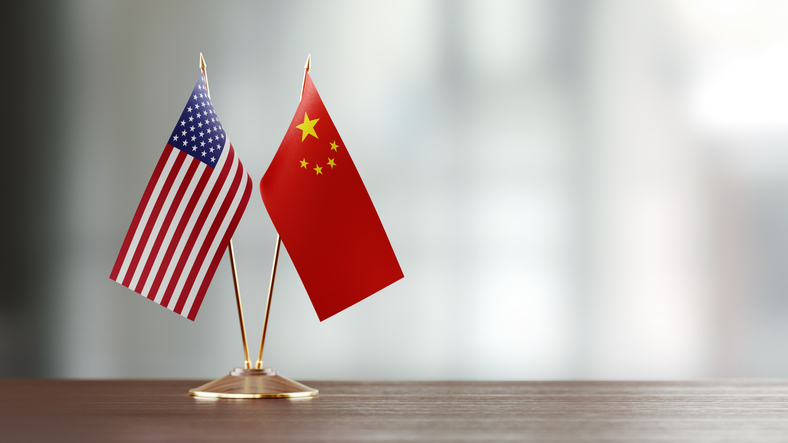
Is it back? Did it ever leave? What’s the Trump administration’s plan?
There’s no one thing that got Donald Trump elected president of the United States.
We can make educated guesses. For instance, I say it's because only a decade ago he was selling us Trump Steaks – his favorite food – at a great price. People don’t forget stuff like that.
But he’d probably tell you it’s because he’s a great dealmaker. I mean, come on! The guy has a book called The Art of The Deal! He’s very sure of himself at the negotiating table. It's his brand.
And we get to see it being put to the test in real time. His administration remains engaged in high-stakes trade talks with China. And the negotiations started off well, just like you’d expect them to if they were to be handled by a consummate dealmaker: President Trump authorized significant tariffs on billions of dollars of Chinese imports.
The American economy is relatively strong, and the history of America’s recent trade complaints with China is long and well-documented, making the timing right to prosecute a trade dispute with another economic power. If you agree with that assessment, you’d agree that the tariffs were a smart way of creating leverage and bringing the Chinese government to the bargaining table.
Which makes sense, right? Create leverage; that’s gotta be in that book, right?
It is! Naturally, the president has tweeted about it.
“Leverage: don’t make deals without it.” – The Art of the Deal
— Donald J. Trump (@realDonaldTrump) March 18, 2013
And so, late last year, the president’s negotiators sat down with their Chinese counterparts with tariffs in place going both ways. And the administration prepared a tariff increase on more Chinese imports that was to kick in on March 1. More leverage. But then …
I am pleased to report that the U.S. has made substantial progress in our trade talks with China on important structural issues including intellectual property protection, technology transfer, agriculture, services, currency, and many other issues. As a result of these very……
— Donald J. Trump (@realDonaldTrump) February 24, 2019
… President Trump called off the March 1 tariff increase:
….productive talks, I will be delaying the U.S. increase in tariffs now scheduled for March 1. Assuming both sides make additional progress, we will be planning a Summit for President Xi and myself, at Mar-a-Lago, to conclude an agreement. A very good weekend for U.S. & China!
— Donald J. Trump (@realDonaldTrump) February 24, 2019
And then it was floated that the president, over the protestations of his chief negotiator, was gonna just accept mass purchases by China of American goods in place of a deal that would force reform of Chinese industrial policies. And some news outlets reported talk of backsliding on the Chinese side on commitments they have previously made verbally.
Some U.S. negotiators are frustrated that China is walking back previous commitments on IP, providing tech transfer commitments that would leave wiggle room by deferring to Chinese law and refusing to engage on data flows. https://t.co/Kkba4MhB49 w/ @JenniferJJacobs @SalehaMohsin
— Jenny Leonard (@jendeben) March 19, 2019
Kinda seems like he’s undercutting his own positions!
But now, the president has said he plans to leave the existing tariffs in place. He didn’t say which group of tariffs, or for how long. But President Trump wouldn’t describe himself as a details guy. The Wall Street Journal reported:
“We have to make sure that if we do the deal with China that China lives by the deal,“ Mr. Trump told reporters as he left Washington for Ohio. Administration officials have talked of removing tariffs in stages, as Beijing shows that it has carried out parts of a deal—and reimposing them if China later backtracks.
So that’s good! The leverage remains!
None of this is happening in a vacuum; the administration is on the verge of selling more than 60 F-16 jets to Taiwan, which wouldn't exactly please the Chinese government. Nevertheless, the trade talks with China will go on. U.S. Trade Representative Robert Lighthizer and Treasury Secretary Steve Mnuchin fly to Beijing for more negotiations next week, and Chinese Vice Premier Liu He is expected to visit Washington in April.
Whatever happens: Don’t settle for only a hill of soybeans, President Trump!
